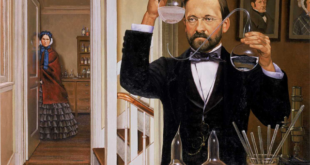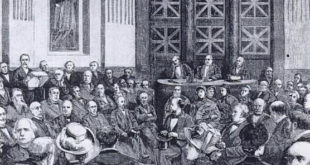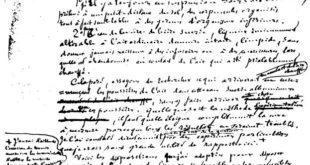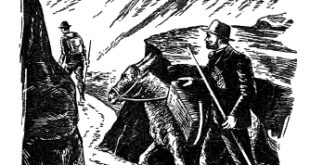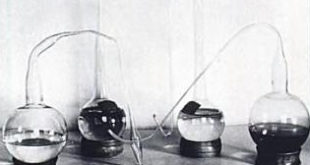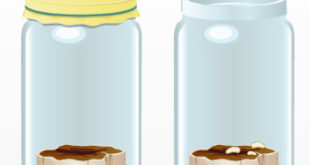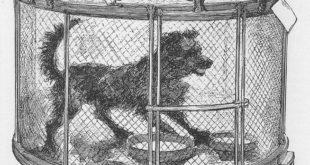Excerpted from Stanford University School of Medicine and the Predecessor Schools: An Historical Perspective by John L. Wilson. Used with permission by the Stanford Medical History Center. The Germ Theory In 1854 Pasteur, then 32 years of age, was appointed Professor of Chemistry and Dean of the newly organized Faculté des Sciences in the city of Lille, the richest center …
Read More »Articles
On Spontaneous Generation
An address delivered by Louis Pasteur at the “Sorbonne Scientific Soirée” of April 7, 18641 English translation commissioned 1993 by Bruno Latour,© Alex Levine, all rights reserved. Gentlemen! A number of imposing problems now have our best minds in thrall. These include questions regarding the unity or plurality of the races of Man, whether his creation ought to be dated …
Read More »Spontaneous Generation
The mystery of life has puzzled and confounded humans since the first human began to contemplate his world. The religions of ancient societies were built around the seasons, the sun and the renewal of life as these were so clearly tied to survival; both of the human species through birth and death, and of the individual in the attainment of …
Read More »Pasteur, Pouchet and Heterogenesis
Louis Pasteur delivered a heavy blow to the theory of “spontaneous generation” when his famous experiment displayed that fermentation could be prevented even when a fermentable substance was exposed to the atmosphere. However, the debate continued, the science at hand matured and the discussion became much more involved. Some of the chimerical conceptions of creating mice and scorpions from dirty …
Read More »Louis Pasteur and the History of Spontaneous Generation
In the late 19th century, Louis Pasteur would find himself at the center of the spontaneous generation debate. However, it was only after centuries of conjecture, assumptions and the earlier scientific discoveries of others that Pasteur had the ability to put forth the crucial experiment that would uproot the theory of spontaneous generation. From the time of the ancient Greeks …
Read More »Francesco Redi and Spontaneous Generation
The theory of Spontaneous Generation proposed that life or living organisms could be “spontaneously generated” from non living matter. Similar to Louis Pasteur’s spontaneous generation experiment, the 17th century Italian scientist Franceso Redi conducted an experiment to refute the theory of Spontaneous Generation nearly 200 years earlier. Controlled Experiment by Redi Francesco Redi showed that maggots do not spontaneously arise …
Read More »Pasteur’s Communications on Rabies: No. 6
October 26, 1885.— A Method for the Prevention of Rabies after the Bite of a Rabid Animal. — The prophylaxis of rabies such as I exposed it in my own name and in the name of my fellow-workers in my preceding notes certainly constituted a real progress in the study of that disease. But the progress realised was more scientific …
Read More »Pasteur’s Communications on Rabies: No. 5
May 19, 1884. — The Attenuation of Rabies. — The great notions of the variability in the virulence of certain viruses, and of the preservation against a given virus by the inoculation of another of lower intensity, are to-day recognised scientific facts already put to practical uses. It is easy to apprehend all the interest attaching, in that line of …
Read More »Pasteur’s Communications on Rabies: No. 4
February 25, 1884. — The Academy received with favour our preceding communications on rabies, incomplete though they were, justly considering that each step forward in the experimental study of that disease deserved to be encouraged. The new facts which I shall have the honour to communicate to-day — in my own name and in the name of my fellow-workers, amongst …
Read More »Pasteur’s Communications on Rabies: No. 3
December 11, 1882. — The study of rabies, of all diseases, seems to be the one which bristles with most difficulties. Clinical observation is powerless, and it is ever necessary to appeal to experimentation. But until }’esterday the significance of the simplest experiment was wrapped up in undecipherable uncertainties. The saliva was the only part where the presence of the …
Read More » Pasteur Brewing Louis Pasteur – Science, Health, and Brewing
Pasteur Brewing Louis Pasteur – Science, Health, and Brewing 